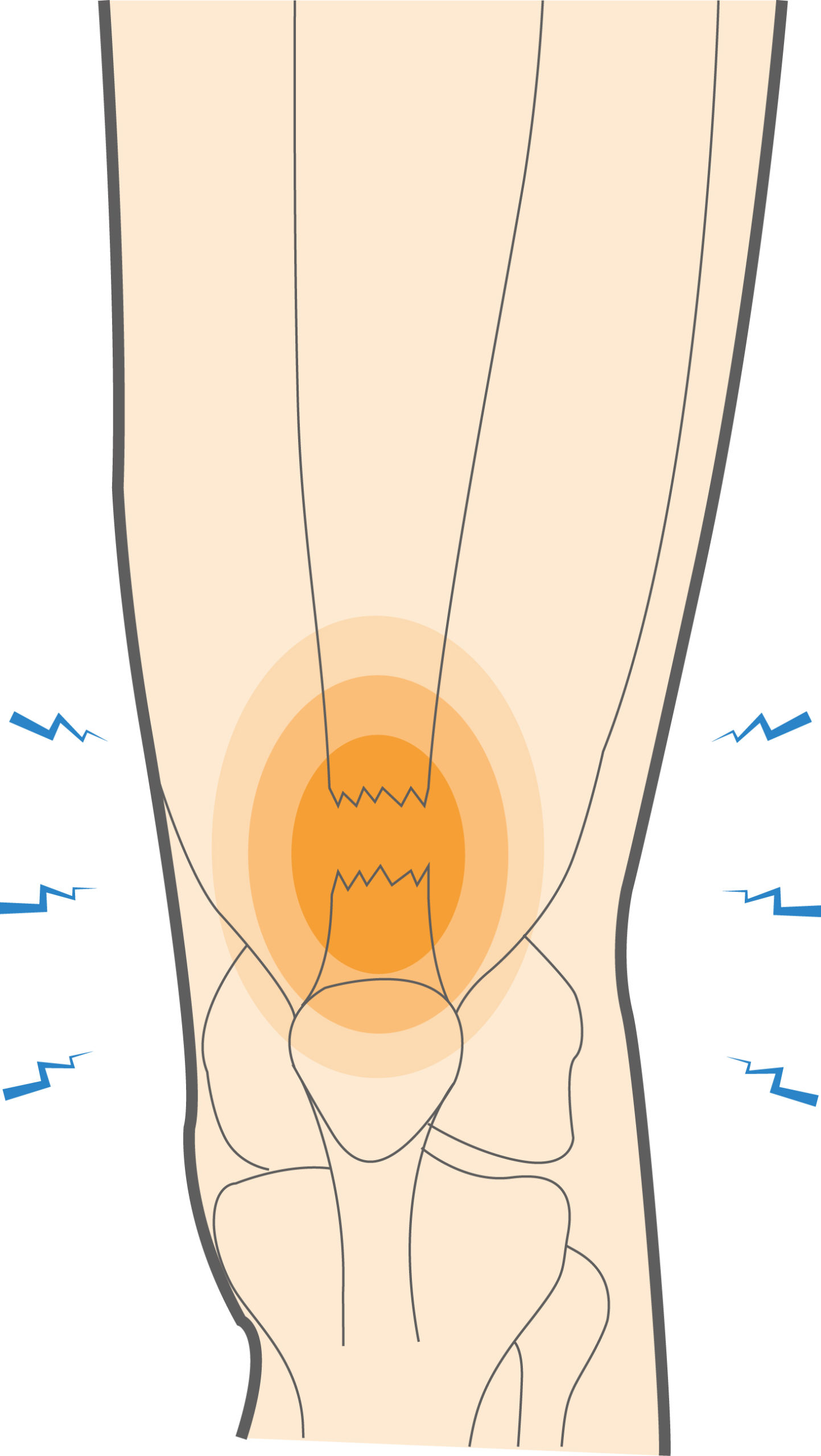Quadriceps tendon ruptures usually result from a fall or blow to the knee. This injury can also happen as a result of force placed on the tendon when jumping or landing after a jump.
A sudden contraction of quadriceps muscle when the knee is straightening can cause the quadriceps tendon to rupture. This type of injury is more common among older athletes who play sports that involve running and jumping, such as basketball. When the quadriceps tendon becomes inflamed, referred to as tendonitis, the tendon weakens and becomes more susceptible to a rupture.
Sports commonly associated with quadriceps tendon ruptures are:
- Running
- Basketball
- Soccer
- Volleyball


